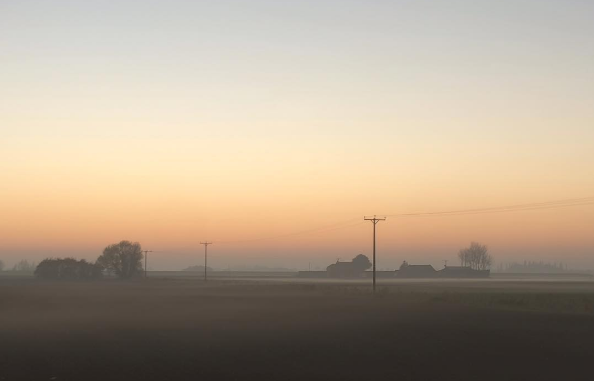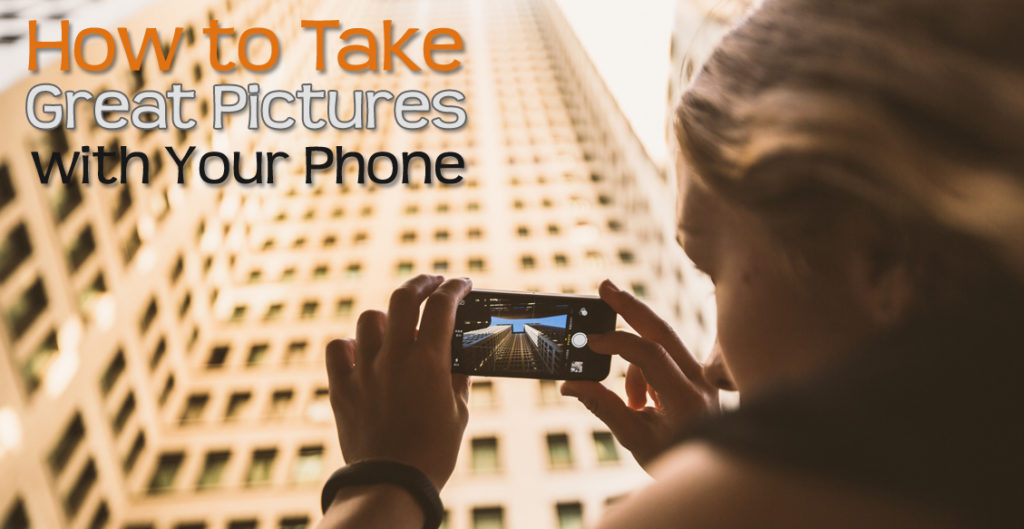We’re now all lucky enough to be amateur photographers, with cameras in our pockets that can capture a moment in an instant and be shared with the world within seconds.The divide between amateur and professional is slowly blurring, and whilst picture snobbery may still exist in some parts of the photography industry, with many dismissing a photo straight away if they find out it’s been taken with a smartphone, the simple fact is, a good photo is a good photo no matter what it was taken with or by who. So to ensure you’re taking the best possible snaps with your camera phone, we’ve collated the best tips and tricks in the book to ensure you can take photos that look as good as the pros.
Get Close
Our smartphones are equipped with an intuitive sensor which provides a relatively wide depth of field. This enables you to get the entire object in focus and pick up even the smallest detail without the usual complications on a regular camera.
With more control over the lighting, most cameras are installed with an instant focus point, and you can switch the picture quality to HD without having to change lens.

Avoid Zooming
Unfortunately, the cameras on smartphones are not best fit for zooming in on objects despite most of them offering a digital zoom function. You’ll often find that the image becomes distorted and pixelated, diminishing the quality. This is because the camera is extrapolating what’s there and guessing what the image looks like. Instead, take your picture and crop afterwards. Most smartphones now have 8 megapixels of resolution and sometimes more, which means you can crop substantially and still have plenty of resolution left within your image.
Don’t Filter
We’re all well aware of the common filters that are used in popular photo sharing apps, but don’t get swept up in the filter fads.
When you put a filter on an image you’ve spent so much time getting just right, it completely diminishes what you have captured and distracts the eye, making your image just another pretty picture on a timeline. Rather than get filter fanatic download real image editing apps that can help you to enhance your image without a filter. Photoshop Express and iPhoto are just two of the popular apps but there are now many to choose from that are either free of paid for, depending how serious you are about your amateur photography. Make adjustments like contrast, sharpness, colour and temperature, the type of edits you would make with a real image.
Keep it Clean
This sounds like such a silly thing to say, but you should treat your smartphone lens the same way you would treat your camera lens. Keep it clean and scratch free so that even the smallest fleck of dust doesn’t ruin that picture perfect moment.
Know the Rules
Just because you don’t have a fancy DSLR hanging from around your neck doesn’t mean you have to throw the rules of photography out of the window. Learn the compositional basics and you will find that your photos will dramatically improve.
There are now a number of beginner’s tutorials available on what you should look out for, such as the use of light, so seek out a YouTube video or two and you will soon feel like more of pro.

Find a Moment
There’s a common term amongst professional photographers, “work the scene”, and that’s because 9 out of 10 times a great image doesn’t happen by accident, it happens from hard work and a lot of patience. When you find something you want to capture, take multiple pictures from different angles and take your time to see if it could change in some way. This will ensure that when it comes to choosing the right one to share or print off, you’ve got a good idea of what has worked best for that image. Make a habit of multiple shots and you’ll soon find the composition of your images improving. Thanks to the revolutionary technology we now have in our phones it’s not uncommon for iPhone picture galleries to display new works of art that have been taken with a smartphone, so don’t feel that just because you’re an amateur you can’t work alongside the greats.
